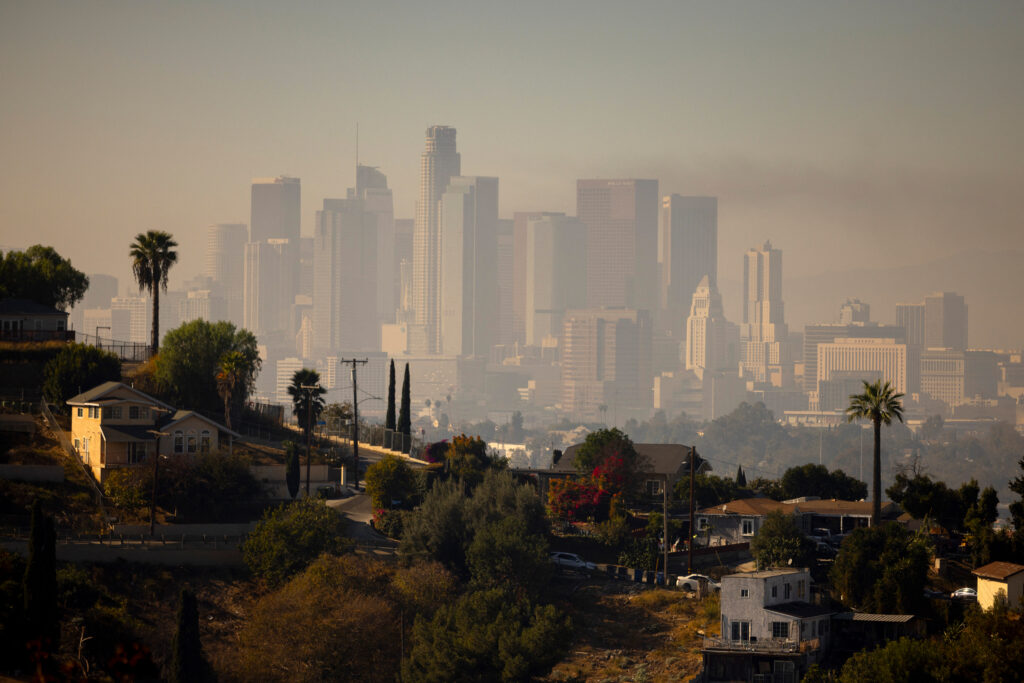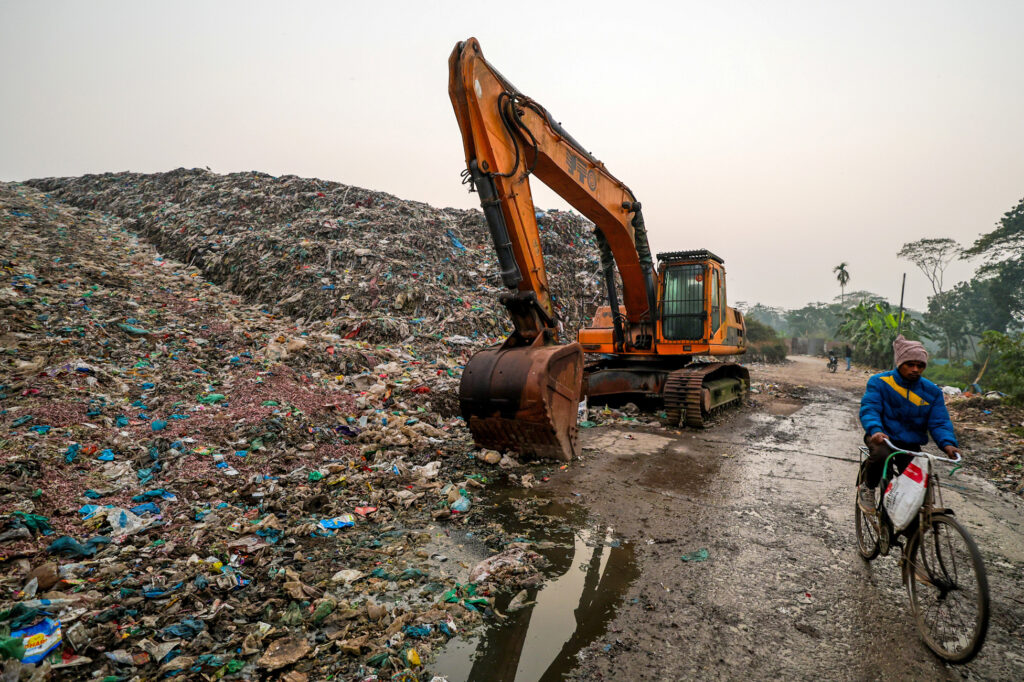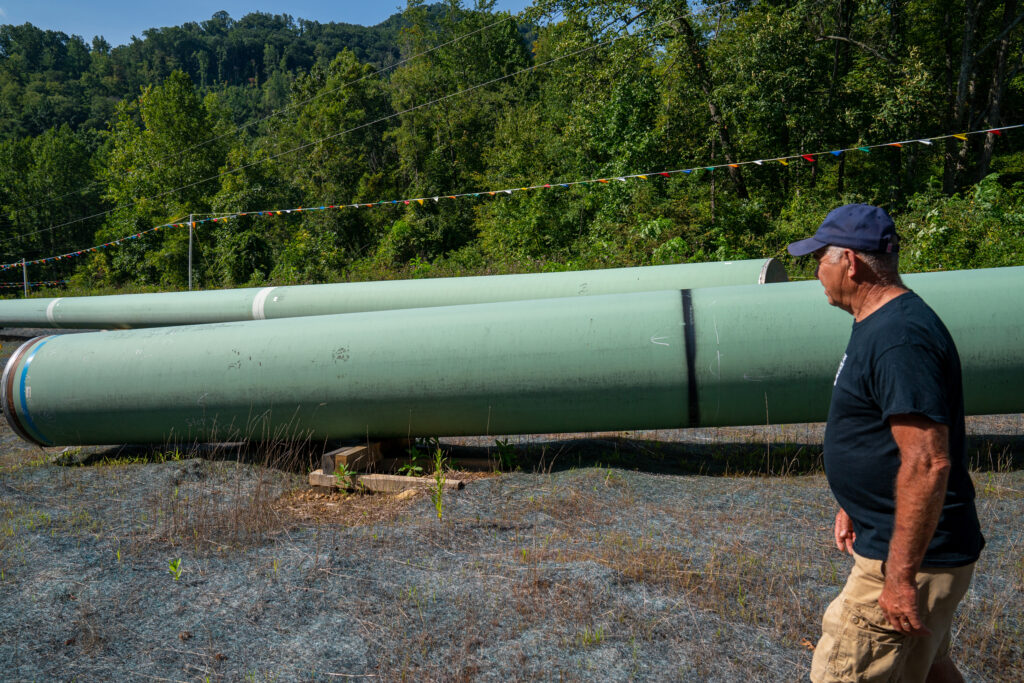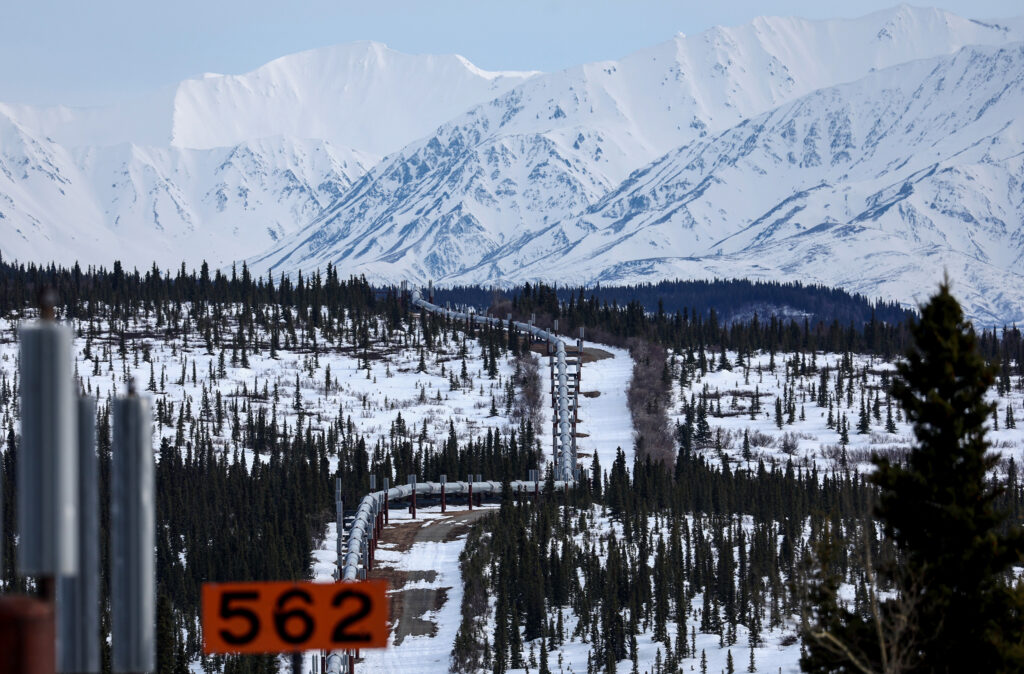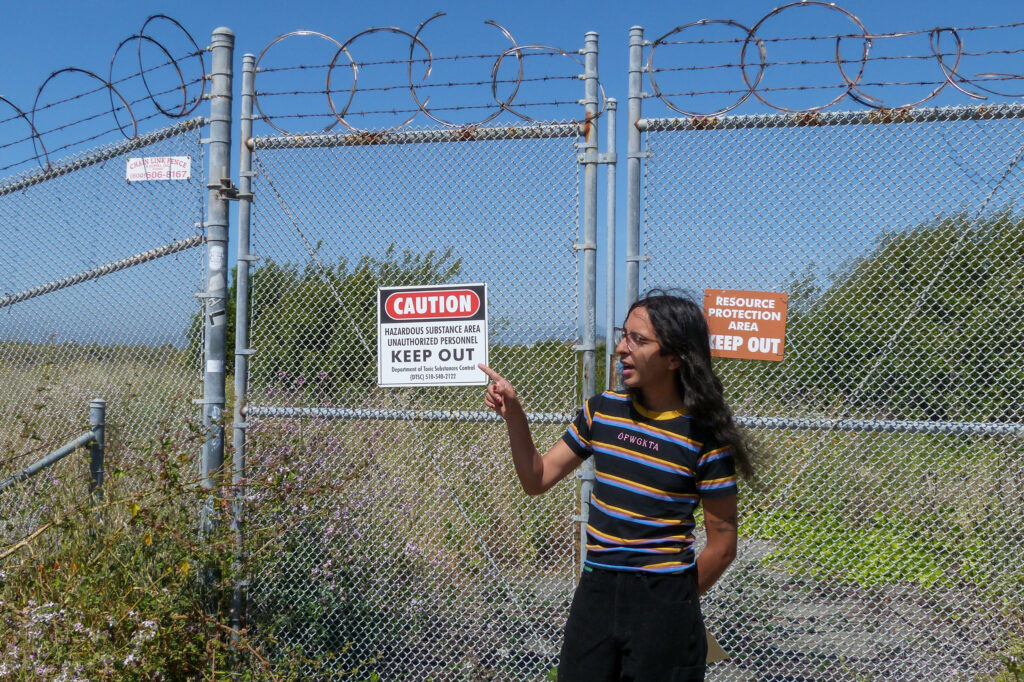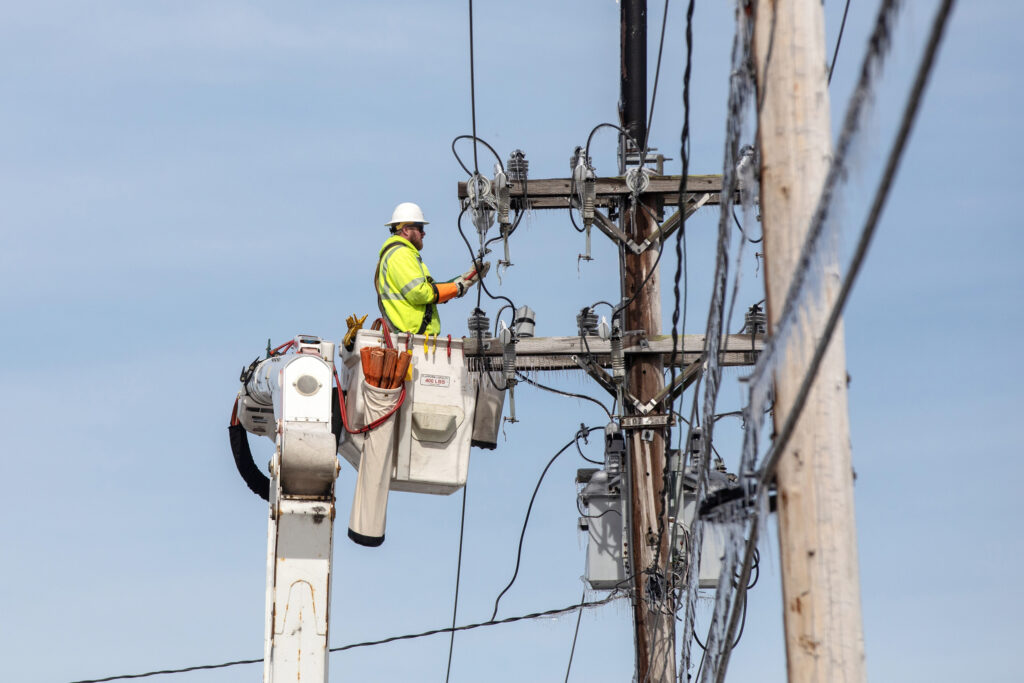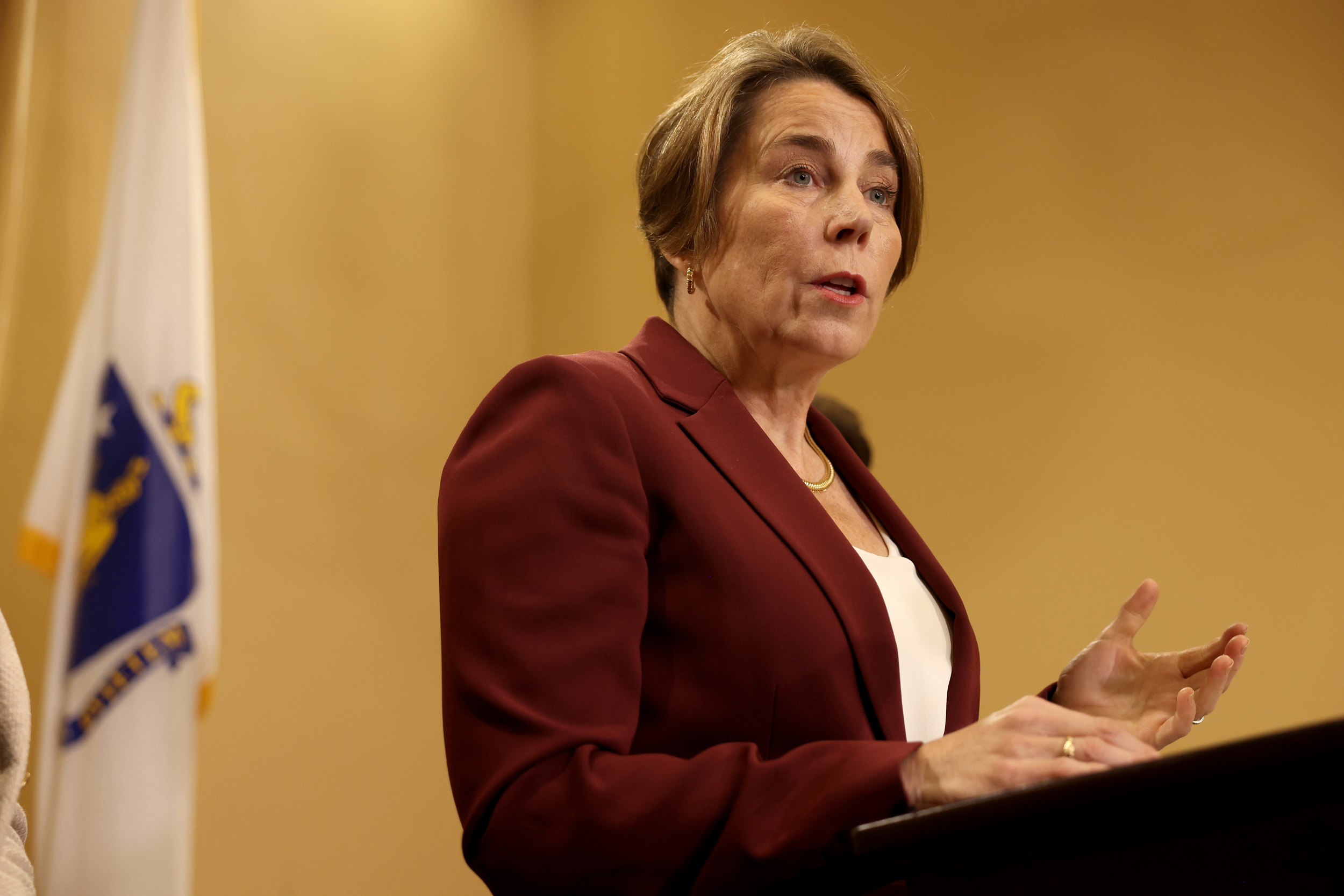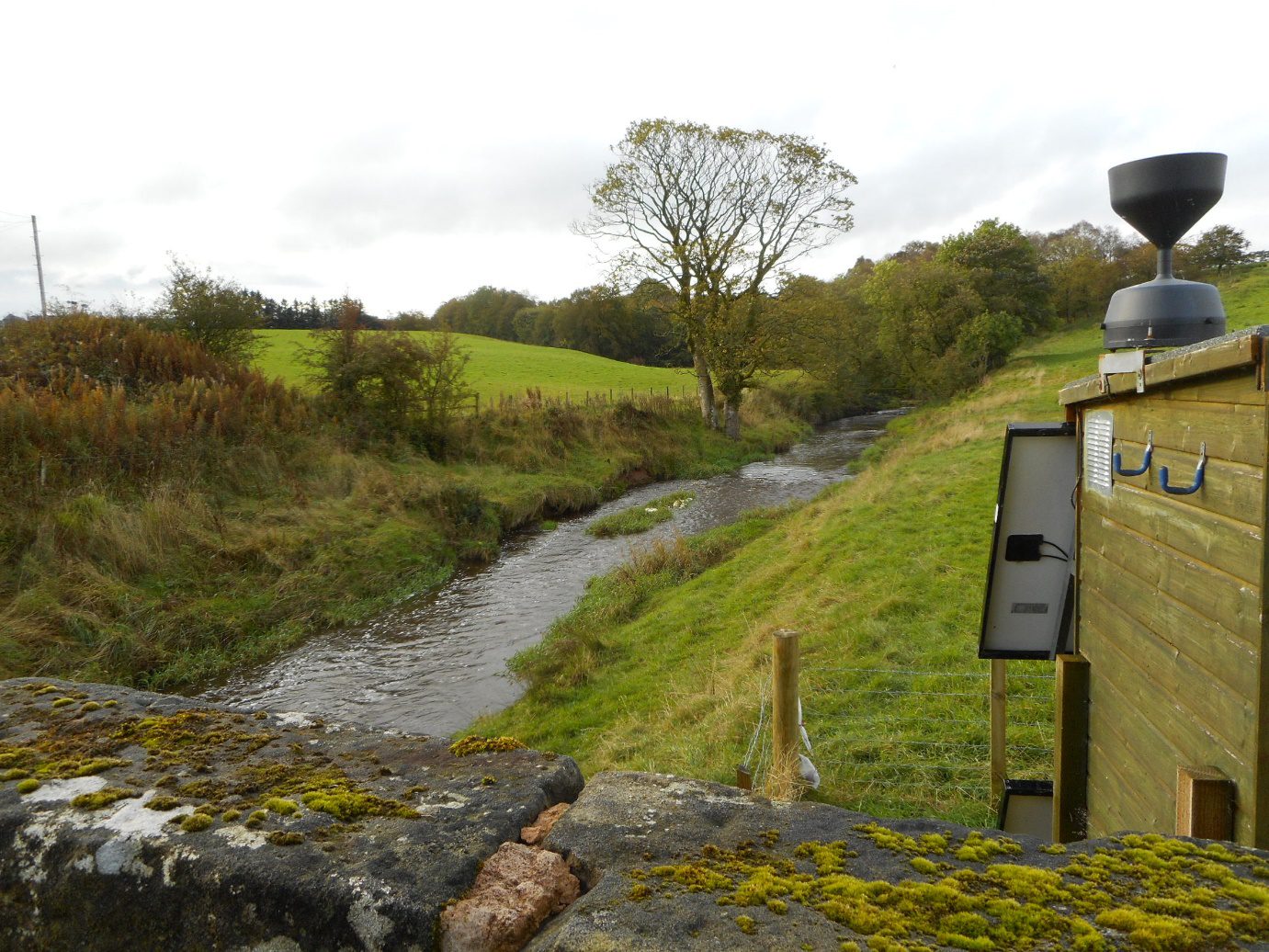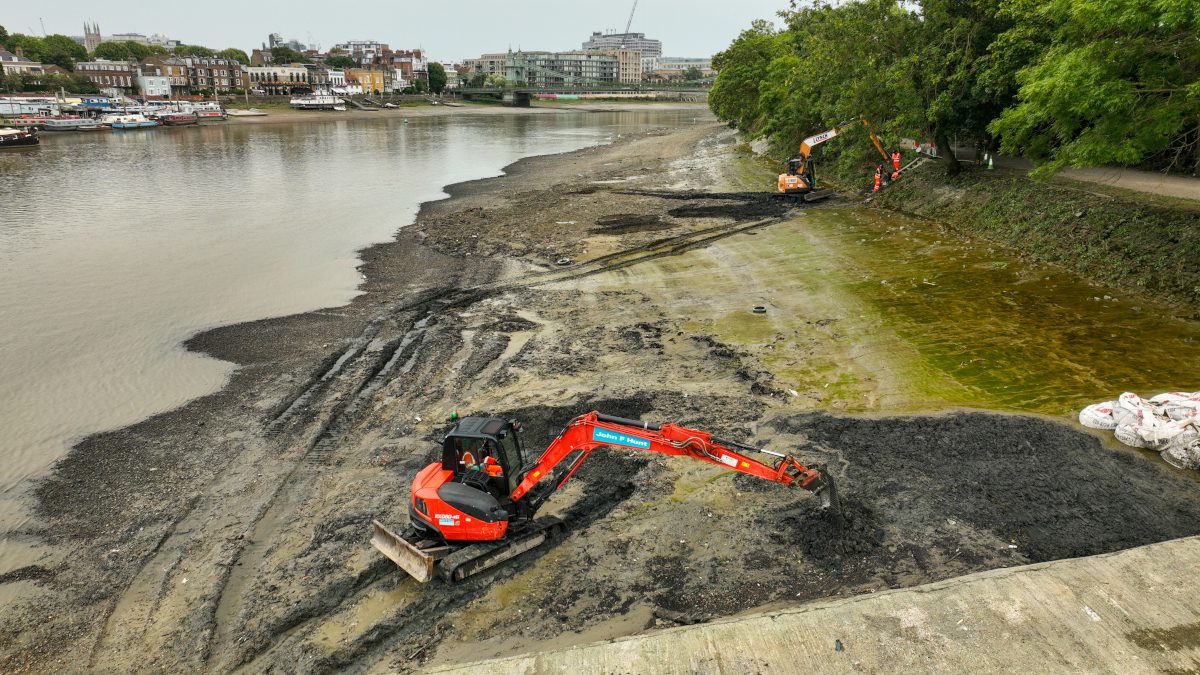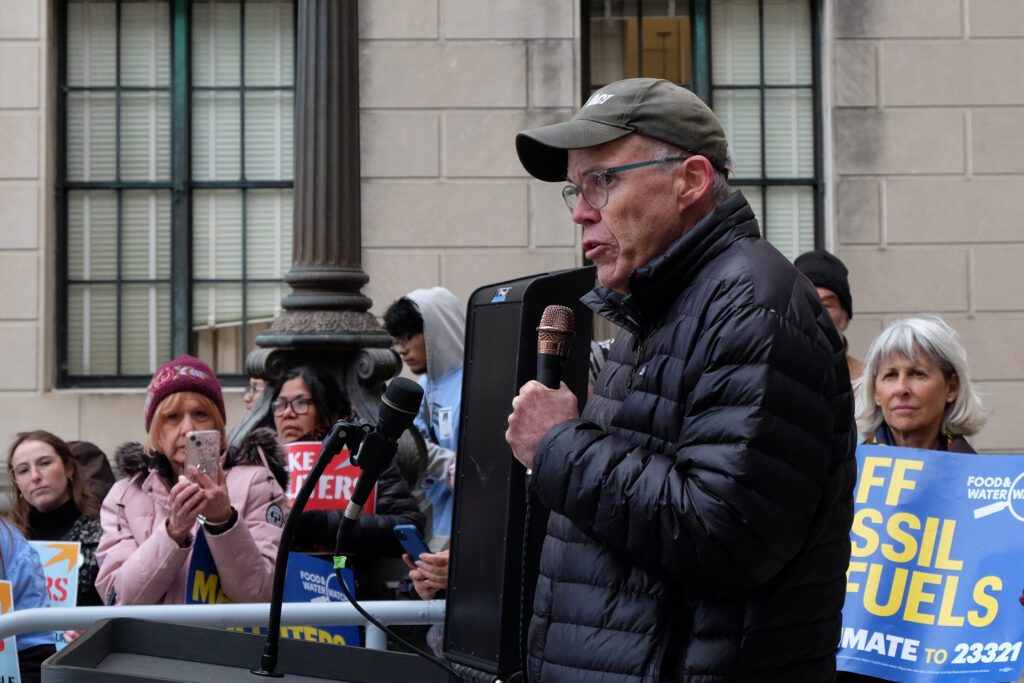In 1991, Mount Pinatubo in the Philippines erupted with enough force to spew high amounts of gas and ash all the way into the stratosphere, which starts roughly 4 miles above the Earth’s surface.
The mushroom cloud injected an estimated 20 million tons of sulfur dioxide into this layer of the atmosphere, where it mingled with water to create a hazy film of aerosol particles that spread around the globe. These droplets had a unique ability: They reflected sunlight away from the Earth—enough to cool the planet by nearly 1 degree Fahrenheit over the next year.
Scientists and entrepreneurs have raced to develop new technology to mimic this temporary natural phenomenon—and find other ways to tinker with the environment—to help slow global warming, a strategy known as geoengineering.
However, this field has recently faced a growing wave of backlash, with experts stepping forward to expound the regulatory gaps and potentially catastrophic risks associated with manipulating nature in this way.
Sun-Reflecting Simulations: In 2017, a group of scientists at Harvard launched their plans to fly a balloon 12 miles into Earth’s atmosphere to release reflective calcium carbonate particles into the air. Their goal was to simulate and study the cooling effects of dimming the sun similar to a volcanic eruption at a small scale.
But after years of delays and pushback from scientists and Indigenous groups, this project—known as SCoPEx—finally shut down on March 18. David W. Keith, a former Harvard professor who helped launch the project before leaving in 2023, says that critical news coverage and resistance from activists contributed to the project’s demise, reports the Harvard Crimson.
“I think it’s worth doing these experiments as the world considers whether or not to actually potentially use these technologies to reduce climate risks,” Keith, who is now a professor at University of Chicago, said in an interview. “This experiment just became the focus of that conversation and got blown out of proportion.”
Indigenous groups celebrated the announcement, citing that the scientists “consistently targeted Indigenous Peoples’ territories as experimental sites to test injecting aerosols into the sky to measure the effectiveness of blocking the sun,” according to a statement. However, others are concerned at the implications of shutting down this type of research-backed simulation.
“Responsible researchers deciding not to conduct this kind of research, meanwhile, gives ample room for irresponsible actors with all sorts of crazy ideas,” Gernot Wagner, a climate economist at Columbia Business School and the former executive director of Harvard’s Solar Geoengineering Research Program, told MIT Technology Review.
Regulatory Holes: Harvard isn’t the only place experimenting with geoengineering; a number of other universities and companies are exploring ways to alter the environment to fight and adapt to climate change, from sprinkling iron across the ocean to absorb more carbon emissions to releasing aerosols in clouds to trigger more rain during droughts.
But some say that these processes could have unintended negative consequences, including ripping a new hole in the ozone or changing weather patterns in areas outside the experiment zone.
Though geoengineering has rapidly advanced in the past decade, laws to regulate it have not. In the U.S., companies or individuals planning to inject aerosols into the atmosphere must submit a one-page form with the country’s Commerce Department and the National Oceanic and Atmospheric Administration (NOAA) at least 10 days before, based on a law from the 1970s (see the form here).
Considering the stakes of these experiments, critics say this is not enough.
“There’s no governance on the international level, national governance, there’s no state governance, there’s nothing,” David Bookbinder, a longtime climate attorney who previously served as Sierra Club’s chief climate counsel, told E&E News.
NOAA is currently investigating the effects of ocean-based geoengineering techniques.
“I suspect some aspects of geoengineering are going to be an important component of the solution to reducing global warming, and all of the impacts of global climate change, like ocean acidification,” Richard Spinrad, the administrator of NOAA, told the Guardian earlier in March.
On an international scale, there is currently a global moratorium on large-scale geoengineering, which was created in 2010. At the end of February, Switzerland proposed a new plan to establish a panel to assess the “risks and opportunities” of solar geoengineering at the recent U.N. Environment Assembly in Nairobi, but it was promptly shut down, Justine Calma wrote for the Verge. The current protocol could leave room for small geoengineering projects to take place without many regulations, such as Make Sunsets, a controversial company that has launched weather balloons into the skies of Mexico and Reno, Nevada, to release sun-reflecting particles.
The Inside Scoop: To learn more about where people stand on geoengineering, I reached out to my colleague Bob Berwyn, who has reported on this topic. Here’s what he wrote back to me:
Many scientists say the increasing frequency of geoengineering discussions in the tech space shows the need for a comprehensive global non-use agreement, similar to the ban on atmospheric nuclear testing.
Hundreds of scientists have signed a letter urging countries to prohibit national funding for developing technologies for solar geoengineering, which involves deliberately polluting the upper atmosphere with sun-dimming particles. The non-use agreement would also ban outdoor experiments and even patents for the technology.
Similarly, more than 100 civil society groups in 45 countries have issued a manifesto against geoengineering, which they describe as “dangerous and unjust … technological interventions in the Earth’s oceans, soils and atmosphere with the aim of weakening some of the symptoms of climate change,” as well as a distraction from the need to cut carbon dioxide emissions.
Other Top Climate News
On Monday, the Biden administration announced $6 billion to help advance new technologies to reduce the carbon footprint from top industries in the U.S.
The funding will go toward 33 different projects focusing on everything from cleaning up production lines in the steel, cement and chemical spaces to installing electric boilers and heat pumps in Kraft Heinz factories (climate-friendly mac and cheese anyone?).
This list also includes the company Century Aluminum, which plans to build the first new U.S. primary aluminum smelter in 45 years.
Once completed, “the smelter would double the size of the current U.S. primary aluminum industry while avoiding an estimated 75% of emissions from a traditional smelter due to its state-of-the-art, energy-efficient design and use of carbon-free energy,” according to the Department of Energy website. My colleague Phil McKenna wrote about the high emissions output of this company and other aluminum producers in 2022.
Meanwhile, cows in Texas and Kansas have tested positive for avian influenza (or bird flu), the Department of Agriculture announced on Monday. This is the latest in a string of cross-species spillover of the deadly virus, which has already devastated elephant seal colonies and even killed a polar bear in Alaska.
For now, scientists say that people shouldn’t be too concerned about the safety of the commercial milk supply for human consumption. However, Stacey L. Schultz-Cherry, a virologist and influenza expert at St. Jude Children’s Research Hospital, told the Times that cows were not previously thought to be among the species that were likely susceptible to bird flu.






